For decades, the “alpha wolf” theory has shaped how we think about leadership, power, and even how we train our dogs. The idea that wolves—and by extension, humans—thrive under dominant, aggressive leaders has influenced everything from corporate culture to popular dog training methods. However, recent scientific discoveries are turning this belief upside down. Researchers now argue that the concept of the “alpha” is based on outdated observations. This shift in understanding challenges long-held assumptions and prompts us to rethink what true leadership really means.
1. The Origins of the Alpha Wolf Theory
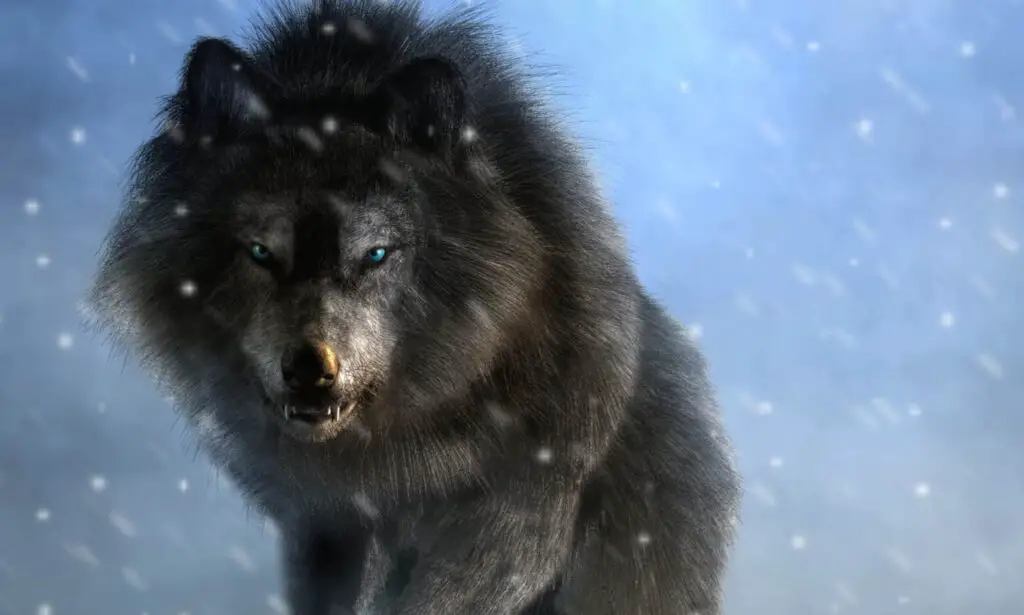
The “alpha wolf” concept took root in the 1970s, thanks to Dr. David Mech’s research on captive wolves. Observing unrelated wolves forced to coexist, Mech noticed dominance struggles and labeled the winners as “alphas.” This idea quickly became a cornerstone for understanding animal hierarchy and spilled over into mainstream culture. However, these findings were based on wolves living in artificial, stressful conditions—far from how wolves behave in the wild. As Smithsonian Magazine explains, this crucial misunderstanding shaped decades of thinking.
2. Captivity vs. the Wild: Different Worlds
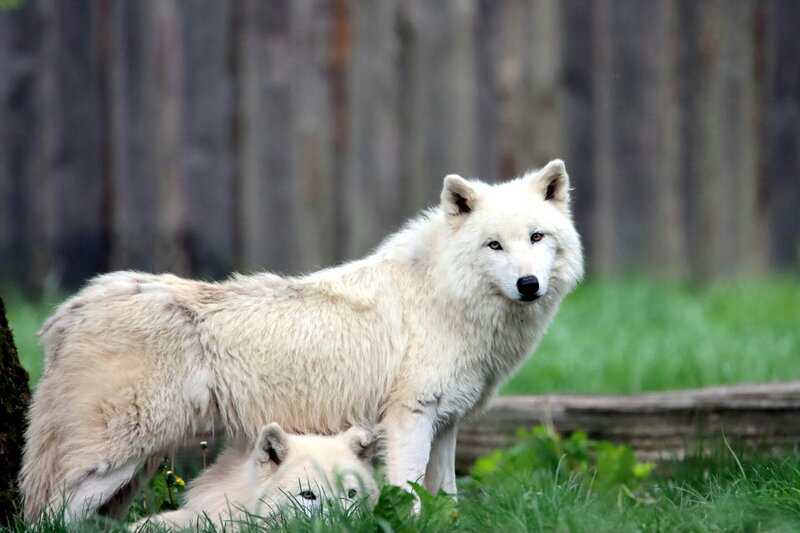
Wolf behavior changes dramatically depending on their environment. In captivity, unrelated wolves are enclosed together, often resulting in forced dominance struggles and hierarchies that rarely occur in nature. By contrast, wild wolf packs are typically family units led by breeding pairs, working together cooperatively to survive. According to National Geographic, these natural packs thrive on collaboration, not aggression, revealing just how misleading early observations of captive wolves were.
3. Dr. David Mech’s Correction
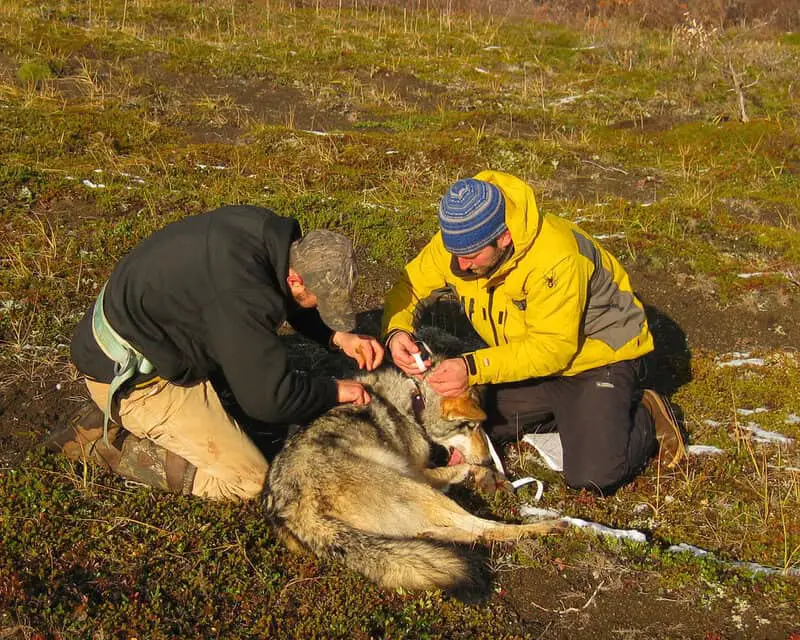
After decades of intensive fieldwork observing wolves in their natural habitats, Dr. David Mech publicly acknowledged that his earlier conclusions were incorrect. He clarified that wild wolf packs are, in fact, family groups led by parents—not by “alpha” individuals vying for dominance. Mech has worked to correct the widespread misconception, publishing updated research and educational materials to set the record straight, as detailed by the International Wolf Center.
4. Wolf Packs as Families, Not Hierarchies
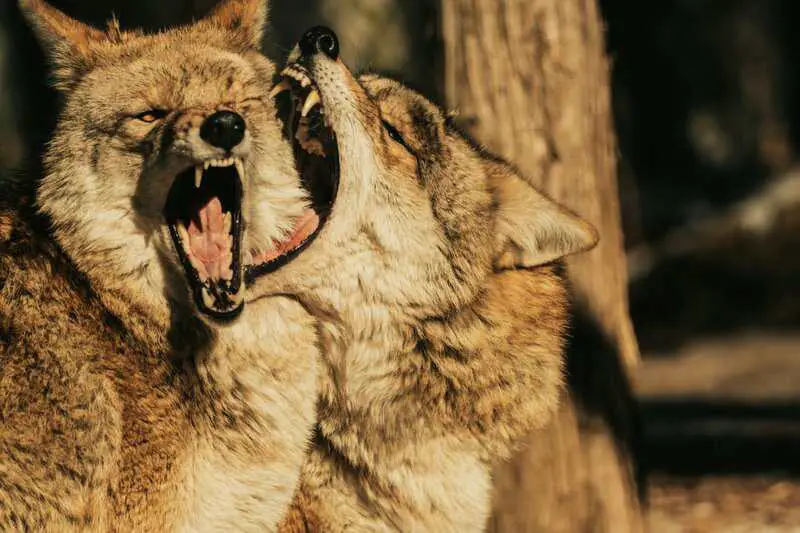
In the wild, wolf packs are fundamentally family-based units. The parents—often referred to as the breeding pair—lead the pack by guiding, nurturing, and protecting their offspring. Rather than relying on intimidation or aggression, leadership is expressed through cooperation, teaching, and care. These packs thrive on teamwork, with older siblings helping to raise younger pups and all members sharing responsibilities. As noted in Nature, this model of family cooperation is key to the wolves’ survival and success.
5. The Alpha Wolf in Pop Culture
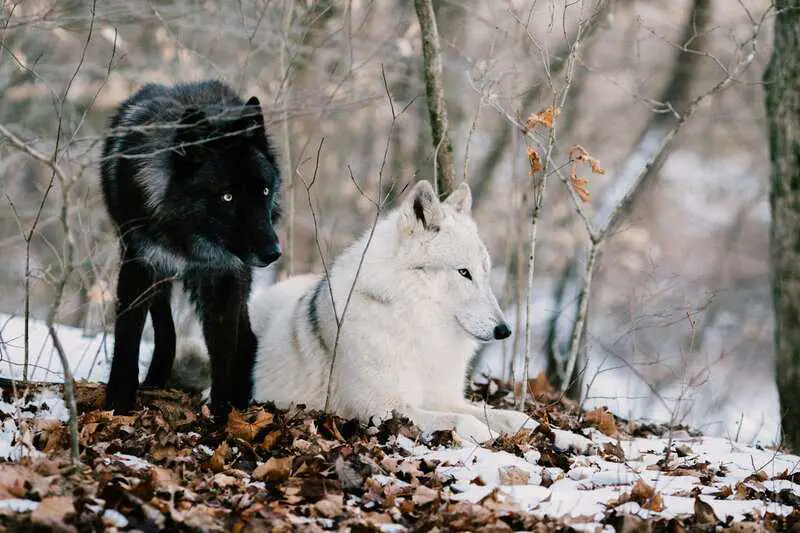
Despite scientific corrections, the image of the “alpha wolf” remains deeply embedded in pop culture. Films, television shows, and documentaries often depict wolves as fierce, dominance-driven leaders, reinforcing outdated notions about hierarchy and power. These portrayals continue to shape how people view both wolves and effective leadership. As the BBC highlights, the myth endures in stories and media, making it harder for new science to change public opinion.
6. Implications for Dog Training

The alpha wolf theory heavily influenced dog training, leading to dominance-based techniques that focused on asserting control over pets. These methods, often harsh and confrontational, have been widely criticized as science advances. Today, experts emphasize positive reinforcement and understanding the natural, social nature of dogs rather than imposing artificial hierarchies. The American Veterinary Society of Animal Behavior urges trainers to abandon dominance myths and adopt more humane, effective strategies.
7. Wolf Leadership: A Cooperative Model
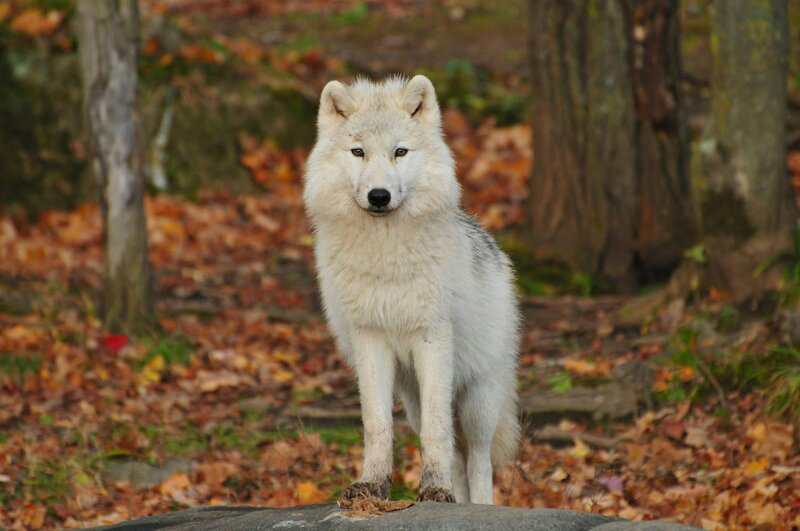
True wolf leadership is less about dominance and more about cooperation and shared responsibility. Experienced parents guide the pack, making decisions that ensure the group’s survival and well-being. Tasks such as hunting, caring for pups, and defending territory are distributed among members, fostering a sense of unity and teamwork. As Science.org explains, this collective approach to leadership reflects the pack’s reliance on collaboration rather than on a single, dominant figure.
8. Lessons for Human Leadership

Debunking the alpha wolf myth offers valuable insights for human leadership. Rather than acting as authoritarian “alphas,” effective leaders are those who support, guide, and empower their teams. This shift prioritizes trust, collaboration, and the well-being of the group over dominance or control. Modern organizations increasingly recognize that sustainable success comes from nurturing collective intelligence and shared purpose. As Harvard Business Review suggests, today’s best leaders mirror the cooperative, family-like dynamics found in natural wolf packs.
9. The Dangers of Dominance-Based Models
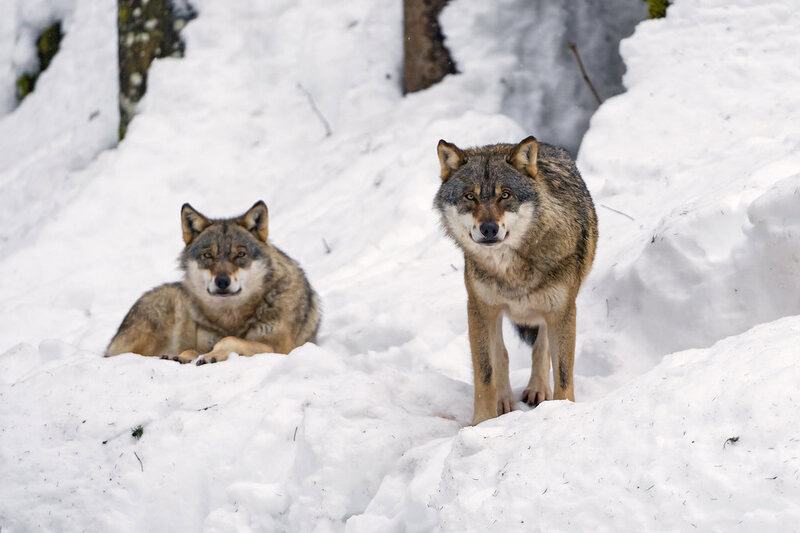
Dominance-based leadership, whether in animal training or the workplace, often leads to decreased morale, increased stress, and lower overall productivity. These adversarial models can breed resentment and stifle creativity, ultimately harming both individuals and organizations. As Psychology Today notes, it’s crucial to move away from outdated, competitive frameworks and embrace more supportive, collaborative approaches for healthier outcomes.
10. Modern Wolf Research Techniques
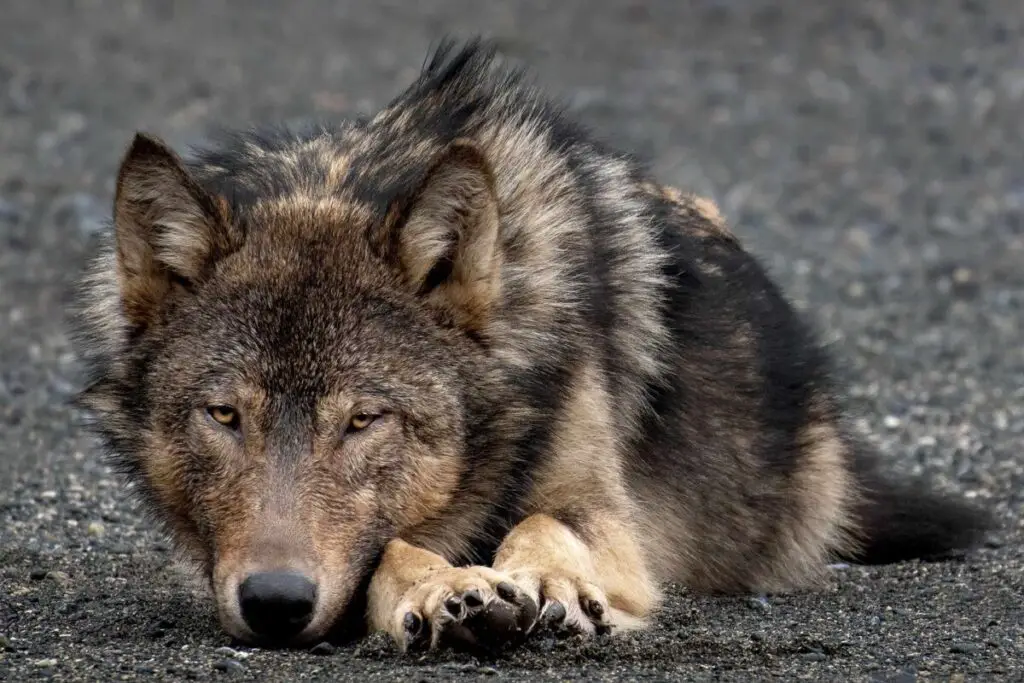
Recent advancements in wolf research, such as GPS tracking and long-term field studies, have revolutionized our understanding of wolf social dynamics. By following packs across vast territories for decades, scientists have uncovered the true, cooperative nature of wild wolf families. These technologies allow researchers to observe natural behaviors in real-time and over generations. According to the Yellowstone National Park Service, these insights have been crucial in debunking earlier misconceptions.
11. Parental Roles in Wolf Packs
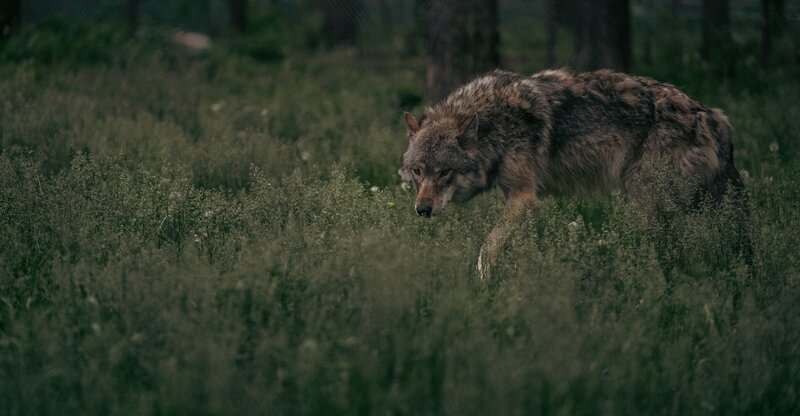
In wild wolf packs, both male and female parents actively lead by sharing responsibilities such as rearing pups, hunting for food, and defending their territory. This shared leadership highlights the collaborative nature of true wolf pack dynamics, further disproving the notion of a single dominant alpha. As described in the Journal of Mammalogy, successful packs rely on teamwork and partnership, not on one wolf ruling over the rest.
12. Social Bonds and Communication
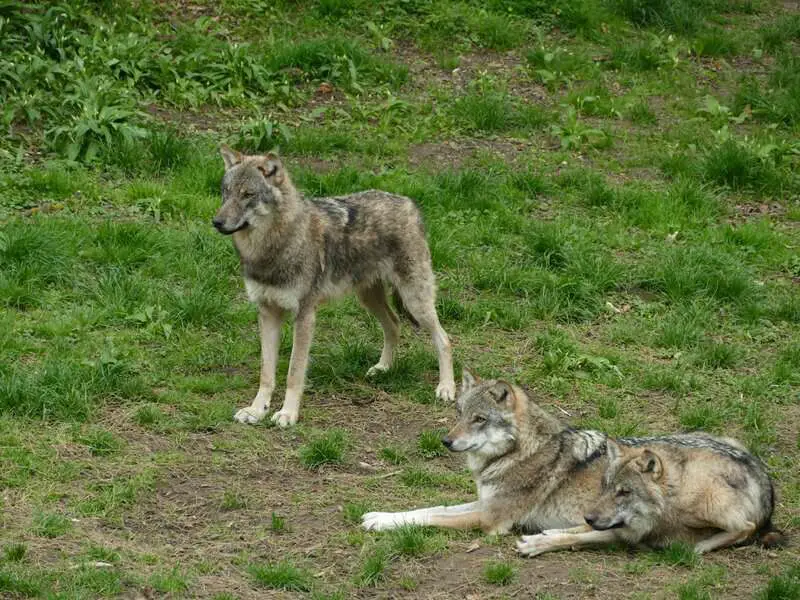
The strength of a wolf pack lies in its social bonds and sophisticated communication. Wolves use vocalizations, such as howls and whines, along with expressive body language to reinforce relationships and coordinate activities. These interactions help maintain harmony and cooperation within the group, rather than asserting dominance. As the Animal Behaviour Journal reports, these complex social dynamics are essential for the survival and success of the entire pack.
13. Cooperative Hunting and Food Sharing
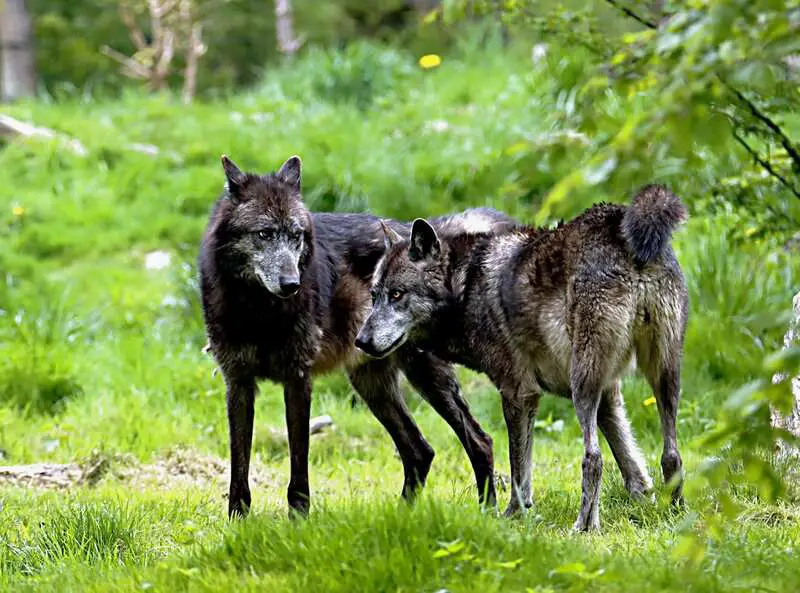
Wolves exemplify teamwork during hunts, relying on careful coordination and shared effort to bring down prey. After a successful hunt, food is distributed within the pack, with parents making sure pups and weaker members eat first. This behavior highlights altruism and care, rather than strict dominance. According to BBC Earth, such cooperative food sharing is a defining feature of wolf society and further debunks the alpha hierarchy myth.
14. Dispersal and Pack Formation
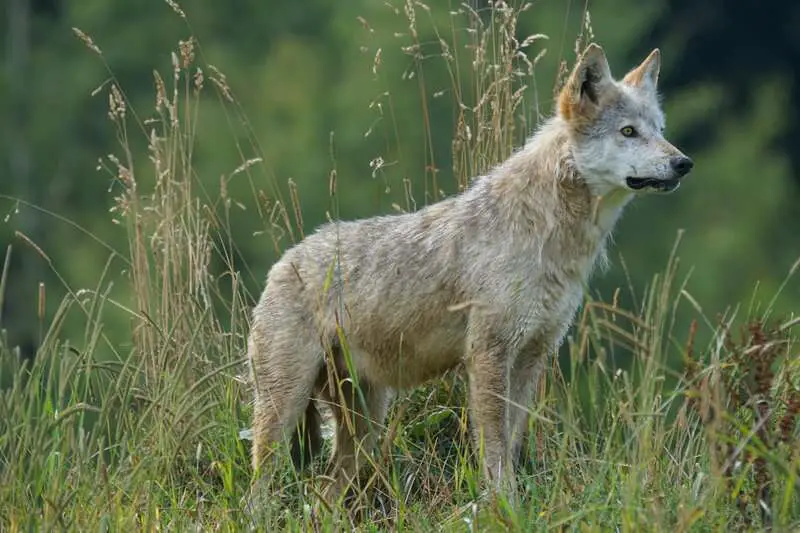
As young wolves mature, they eventually disperse from their natal packs to seek mates and establish new family groups. This natural process ensures that wolf packs remain rooted in the family model, rather than static dominance hierarchies. By forming new packs, wolves perpetuate cooperative and nurturing dynamics. The National Park Service notes that this ongoing cycle fundamentally challenges the idea of permanent, rigid hierarchies in wolf society.
15. Impact on Conservation and Public Policy
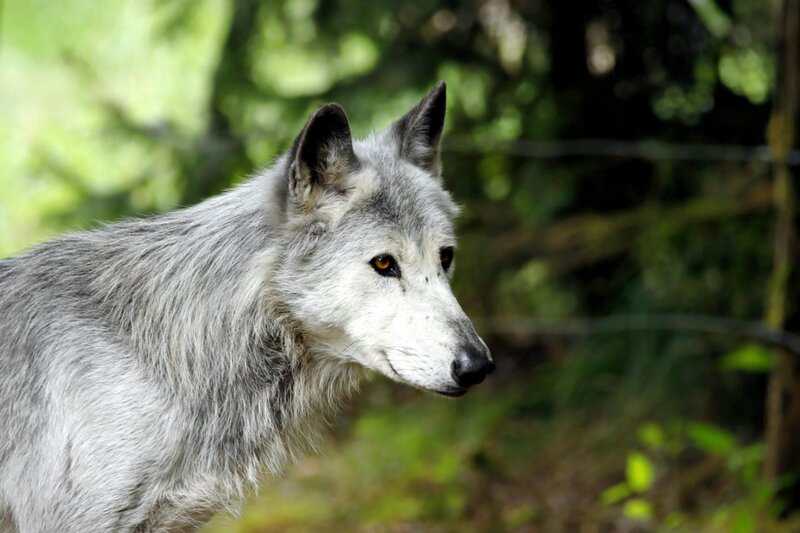
Recognizing the true, family-based social structure of wolves has important implications for wildlife management and conservation. Policies that respect natural pack dynamics lead to more humane and effective management strategies, reducing unnecessary interventions and supporting healthy populations. This scientific understanding also fosters public support for wolf protection and coexistence. According to the US Fish & Wildlife Service, updated research continues to shape ethical and informed conservation efforts.
16. The Alpha Myth in Human Organizations

The alpha wolf myth has left a lasting mark on business culture, with some leaders modeling themselves after the supposed “alpha”—favoring aggressive, top-down control. However, mounting research shows that such leadership styles often hinder creativity and team cohesion. Instead, organizations that value supportive, collaborative approaches see better results. As Forbes reports, the most effective teams are led by those who empower others, not by those who dominate them.
17. Re-evaluating Authority in Animal Training

Animal training is undergoing a significant transformation as experts move away from dominance-based techniques. Modern trainers now focus on building trust, respecting social bonds, and using positive motivation, reflecting a deeper understanding of animal behavior. This shift aligns with current scientific findings that emphasize cooperation over coercion. According to the American Kennel Club, these progressive methods lead to healthier relationships and more effective learning for both animals and their handlers.
18. Evidence from Other Social Animals
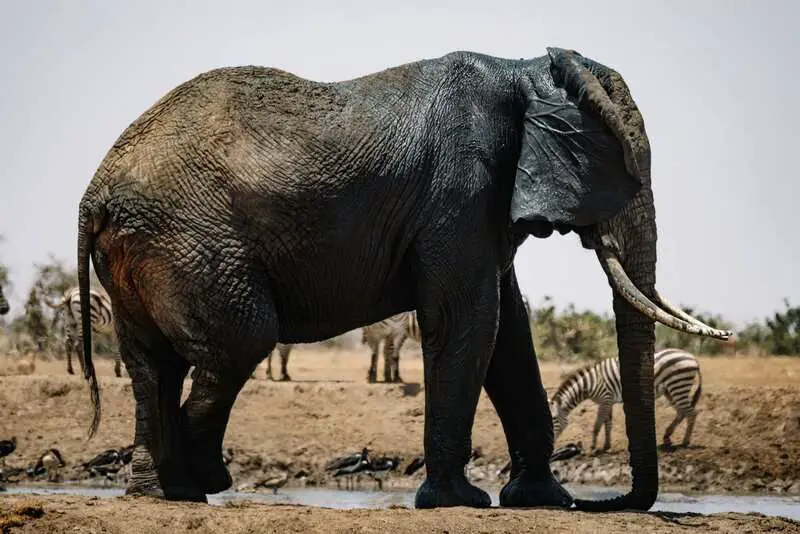
The pattern of cooperative leadership is not unique to wolves. In elephant herds, experienced matriarchs guide the group with wisdom and care, while dolphin pods rely on skilled individuals to coordinate activities and maintain harmony. These examples show that effective leadership in nature often stems from experience and collaboration, not brute dominance. As Scientific American highlights, these findings reinforce the shift away from the outdated alpha model across social species.
19. Ongoing Myths and Misconceptions
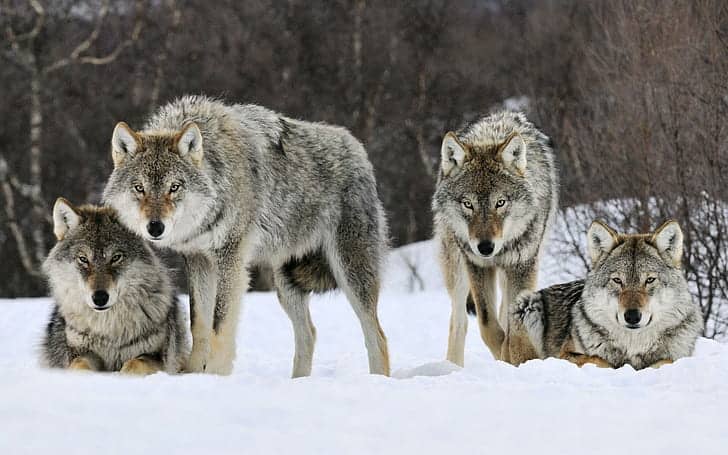
Despite overwhelming scientific evidence, the “alpha wolf” myth continues to persist. Media portrayals, outdated textbooks, and deeply rooted cultural beliefs all contribute to its staying power. Many people are simply resistant to changing established ideas, even when new research provides better explanations. As The Atlantic explains, these misconceptions are slow to fade, often outlasting the science that disproves them.
20. The Role of Science Communication
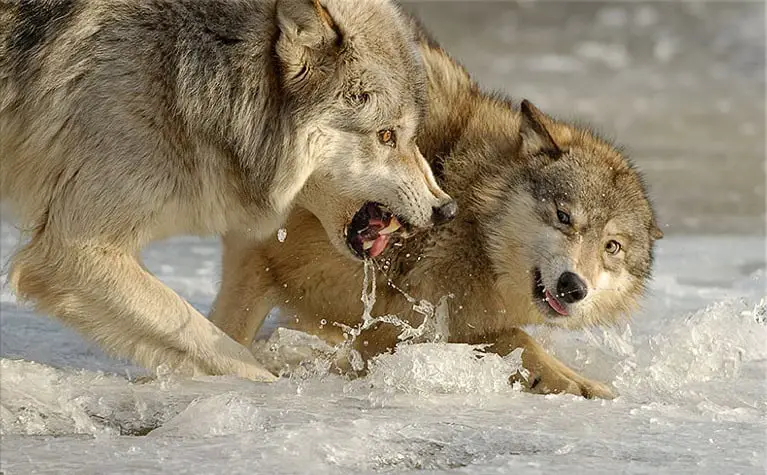
Accurate science communication is crucial in correcting outdated ideas like the alpha wolf myth. Scientists, educators, and the media share a responsibility to inform the public using current research and clear explanations. This helps prevent the spread of debunked theories and fosters a more informed society. As PLOS Biology emphasizes, effective communication ensures that new discoveries reach and benefit both professionals and the general public.
21. A New Model for Leadership and Learning

The updated science on wolf packs inspires a new paradigm for both animal behavior and human leadership. Emphasizing empathy, cooperation, and inclusivity, this model fosters healthier, more resilient groups—whether in nature or the workplace. Moving beyond outdated dominance theories, leaders and trainers can create environments where trust and shared purpose thrive. As the Greater Good Science Center at UC Berkeley highlights, these lessons offer a powerful blueprint for effective, compassionate leadership.
Conclusion
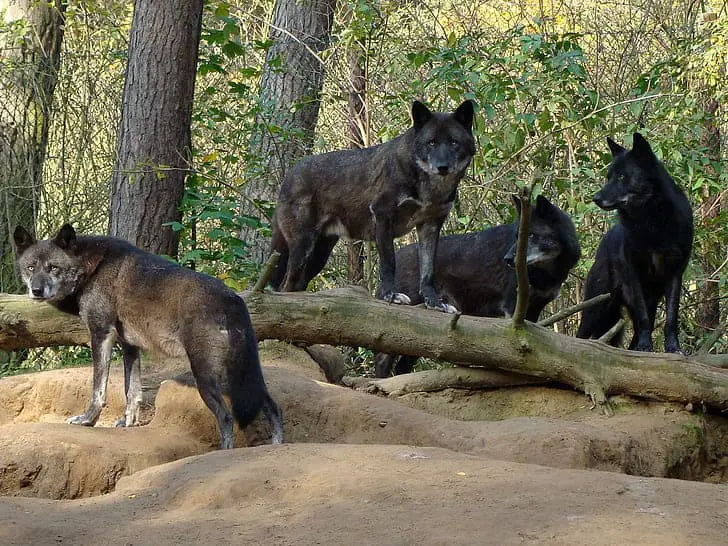
The enduring myth of the alpha wolf reminds us how easily outdated ideas can shape our perspectives on both animals and leadership. Science now shows that wolves—and effective leaders—thrive through cooperation, empathy, and strong social bonds, not dominance or aggression. By embracing the family-based, collaborative model uncovered by modern research, we can foster healthier, more supportive communities for animals and humans alike. Let’s allow evidence, not myth, to guide our understanding—and inspire kinder, more effective leadership in all aspects of life.



Vielleicht interessiert es Sie:
Wussten Sie! Minensuchratten auf dem Schlachtfeld und sie sind super effektiv!
Wie viele Giraffenarten gibt es? Leben sie alle in Afrika?
Der Vogel ist das Weibchen der Vögel: wahr oder falsch?
Warum bauen Biber Dämme? Welchen Nutzen?
Warum leben manche Tiere nachtaktiv? Welche Vorteile?
Küssen Tiere? Ist das die gleiche Bedeutung wie Menschen?
200+ Hilarious Seahorse Jokes That Will Make You Smile and Giggle
200+ Funny Investment Jokes to Boost Your Financial Humor Game